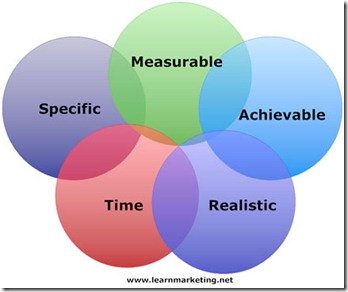In our last blog post, we outlined the need for strategic objectives (SOs) to help your business grow and how you should think about developing SOs. Strategic objectives can be specific to financial growth, market position, product expansion, reducing overhead, or any one of a number of factors. You should identify no more than eight strategic objectives, and they need to address three specific questions:
1. Where is the business today? Answering this question requires a firm grasp of internal operations, including materials, services, manufacturing capabilities, customer relations, debt, staffing, and the elements that drive profitability. Assessing the current state of the company needs to be cold and objective, with a realistic and critical examination of operations.
2. Where does the business need to go? These are top-level objectives, defined by the vision for the company, its mission statement, values, techniques, and goals. Where should the business be in five years, or ten years? Where is the focus to maintain a competitive advantage and promote growth?
3. How to get there? Once the top-level objectives have been defined, the next step is to identify those strategic objectives to achieve the top-level objectives. These are the specific objectives that relate to financial resources, market position, personnel, equipment, etc.
The business experts offer numerous ways to define these strategic objectives, and their formulae for success are alternately simple and highly complex. Perhaps the simplest way to assess the achievability of your SOs is to apply the acronym SMART to each objective:
1. Specific: Your SOs must be narrowly defined. Goals can provide a general direction, but SOs reqiure specific metrics that provide milestones of achievement. For example, “increasing profits” it too general, but “increasing sales by 25 percent” is specific and provides a marker for success.
2. Measurable: All strategic objectives need to deliver measurable results. At the end of the planning cycle it should be possible to determine if SOs were achieved or not, which means providing both the metrics and the means to measure those metrics. For example, “increasing customer satisfaction by 10 percent” could be a measurable objective, but only if you have the means in place to measure satisfaction. What does customer satisfaction look like and how do you determine if there is a 10-percent improvement? A measurable objective would be to “improve customer satisfaction survey scores by 10 percent,” the implication being that you have a measurement tool in place.
3. Achievable and Actionable: An objective can only be strategic if you have the means to accomplish it. Every SO needs to be achievable through direct action. For example, an SO such as “reducing the economic impact on sales” is not necessarily achievable and it certainly isn’t actionable since you have no direct impact on the economy. However, an SO such as “increase sales by 10 percent” is both achievable and certainly actionable.
4. Realistic: In addition to setting actionable objectives, SOs also must be realistic. Challenging objectives are acceptable, but don’t set the marker so high that it can’t be reached given available staffing, resources, and capital.
5. Time bound: Deadlines for achievement are critical, otherwise SOs become open-ended. All objectives need to have a timeframe that coincides with measurement, e.g. “increase sales by 10 percent in the next six months.”
The litmus test for each of your strategic objectives is that it has to meet each of these five criteria. If the objective fails to meet one or more of these criteria, then either assess it to determine if it is truly strategic, or revise it to make it more specific, measurable, actionable, realistic, and time bound.

